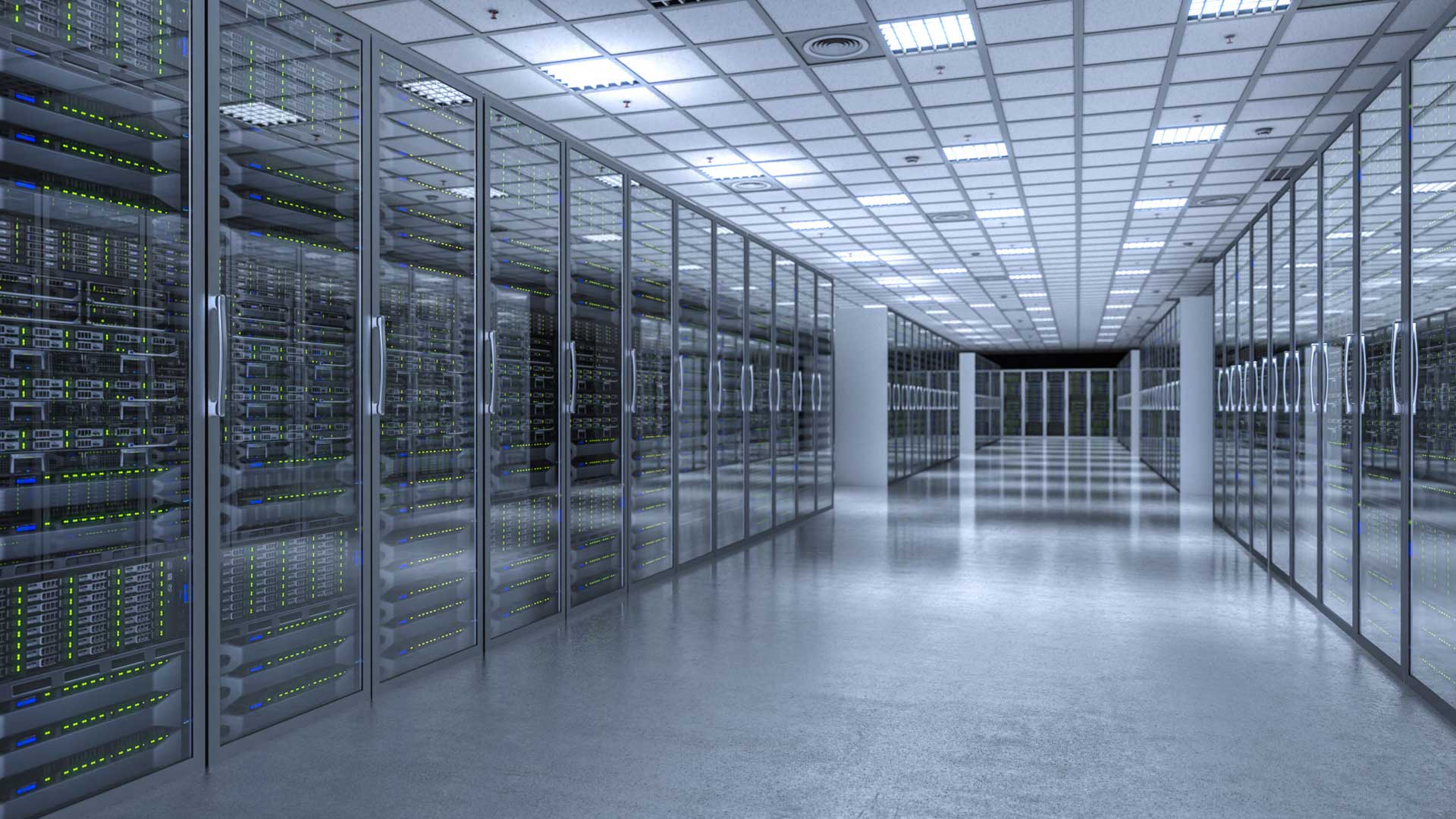Data centers consume a great deal of energy and resources, and they are one place that many organizations seek to cut back – with the goal of eventually reaching net-zero carbon emissions. Globally, leading data center operators have committed to carbon neutrality and science-based targets for emissions reduction by 2030. The challenge is how to achieve this. Huawei has outlined four core trends for the future direction of data centers.
Next-generation data center facilities will be fully green and energy-efficient while maximizing the recycling of all data center materials. In this way, the overall data center ecosystem will be eco-friendly and environmentally sustainable. Sustainable data centers can be achieved by utilizing green resources – electricity, land, and water – and maximizing the recycling of used materials throughout the life cycle. In addition to the extensively used Power Usage Effectiveness (PUE), other metrics, including Carbon Usage Effectiveness (CUE), Water Usage Effectiveness (WUE), and Grid Usage Effectiveness (GUE) will also be used to measure data center sustainability.
Simplified architecture, power supply, and cooling embody the evolution of the data center facility. Simplified architecture brings innovative forms of buildings and equipment rooms. If the prefabricated modular construction mode is used to construct a 1000-rack data center, the construction period can be reduced from more than 18 months to 6–9 months. Simplified power supply reshapes components and links. It shortens the delivery period from 2 months to 2 weeks. Simplified cooling maximizes heat exchange efficiency by changing multiple heat exchanges to one heat exchange, and shortening the cooling link.
O&M automation, energy efficiency optimization, and operation autonomy reshape the management of data centers’ operation and maintenance. O&M automation enables engineers to complete the inspection of 2000 racks in 5 minutes remotely. The energy efficiency optimization means an optimal cooling strategy can be delivered via 1.4 million original combinations within 1 minute, achieving smart cooling. Operation autonomy maximizes the value of resources.
Proactive security and secure architecture ensure high quality and sustainable development of data centers. Proactive security means using big data and AI technologies to implement predictive maintenance from components to data centers, based on the visibility and perception of all domains in the data centers. Automatic fault response means it will take only 1 minute to spot a fault, 3 minutes to analyze, and 5 minutes to recover. Secure architecture means security will be ensured at various levels, such as components, devices, and systems. At the system level, the E2E visualizable, manageable, and controllable platform enables the system availability to reach 99.999%.
Solving the challenge of growing demand for data with low-carbon solutions, Huawei’s next-gen simplified, green, intelligent, and secure data center infrastructure solution is only one of the solutions. Reducing carbon emissions is essential for the industry and an area in which innovation focuses on converging software and hardware as well as cross-product-domain collaboration. With so many technical innovations, expertise and best practice at our disposal, the journey to zero-carbon data center is now achievable.





